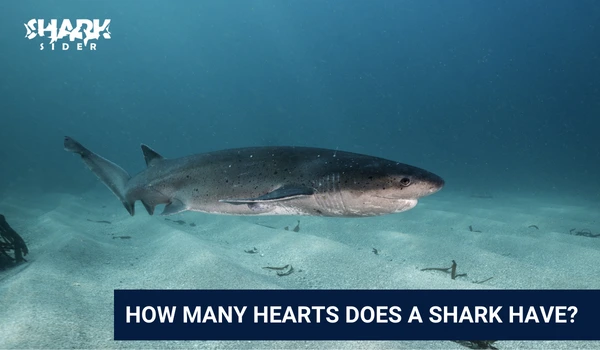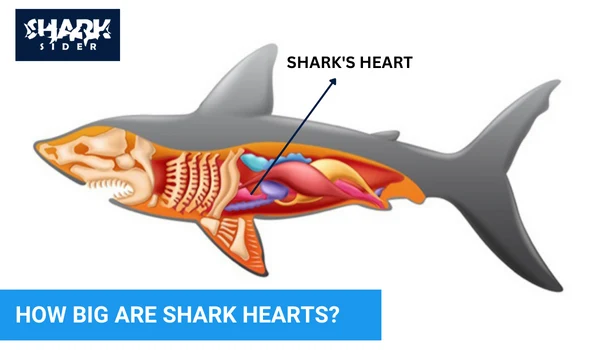It’s a question that may seem odd but have you ever wondered how many hearts does a shark have? Sharks are some of the oldest creatures on Earth with fascinating anatomical adaptations, so it makes sense to consider their unique physiology. In this blog post, we’ll explore the anatomy and circulatory system of sharks to understand how many these majestic predators actually possess. From there, we will also look at why each heart is essential for survival in their largely aquatic environment. For anyone interested in learning more about the incredible biology of one of nature’s fiercest predators, read on!

How many hearts does a shark have?
Sharks have two distinct types of hearts. The primary heart pumps oxygen-rich blood to the rest of the body while the secondary heart pumps oxygen-poor blood back to the gills where it is reoxygenated and circulated back through the body. This process, known as double circulation, is extremely efficient and allows sharks to extract more oxygen from their environment than other vertebrates.
How does a shark’s heart work?
Each of these hearts is composed of four chambers – two atria and two ventricles. The atria primarily receive deoxygenated blood from the gills, while ventricles pump this same blood throughout the shark’s body. Both hearts work together to ensure that the animal’s organs receive the necessary oxygen to keep it alive.
The primary heart of a shark is located in the chest, while the secondary heart is found just behind its head. This arrangement allows them to keep their blood pressure low while they hunt, as well as maintain an efficient flow of oxygen-rich and oxygen-poor blood throughout the body.
So how many hearts does a shark really have? The answer is that technically sharks only have one heart – two separate organs which work together to pump blood around their bodies. However, given their unique circulatory system and anatomy, it’s easy to understand why people might think otherwise!
Beyond providing an answer to this question, understanding the dual circulatory system of sharks also helps to explain why they are so effective predators. The combination of two hearts allows sharks to maintain low blood pressure and an efficient circulation of oxygen-rich and oxygen-poor blood throughout the body, allowing them to swim faster and stay underwater for longer periods of time.
In addition to their powerful circulatory system, sharks also possess several other adaptive features which make them incredibly successful hunters. Their streamlined bodies reduce drag while they swim, and their special sensory organs allow them to detect prey even in murky waters. Simply put, these remarkable creatures have been honed by millions of years of evolution into one of the most impressive apex predators on Earth.
How big are shark hearts?

The size of a shark’s heart is largely determined by its species and body size. In general, larger sharks tend to have larger hearts than smaller ones. For example, the Whale shark has an enormous heart that can weigh up to 17 kg (40 lbs), while the Great White shark’s heart is much smaller at only 1 kg (2.2 lbs).
No matter their size, shark hearts are still quite powerful and can pump up to 10 liters (2.6 gallons) of blood per minute! This is an impressive feat, especially when you consider that the average human heart pumps only around 5 liters (1.3 gallons) of blood each minute.
Conclusion
So, do sharks have more than one heart? The answer is technically no – a shark only has one heart. However, this single organ is composed of two distinct components which work together to provide the animal with a powerful double circulation. This unique circulatory system allows them to extract more oxygen from their environment and achieve remarkable speeds in the water.
So next time you see a shark swimming in its natural environment, take a moment to appreciate the amazing physiology and adaptations that make them so successful.
